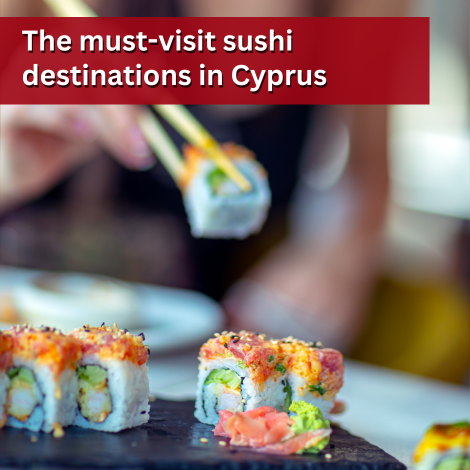Akrotiri Marsh, a unique natural wetland within the Akrotiri Peninsula
The Akrotiri Peninsula is a high environmental significance for the wider area of the East Med
The Akrotiri Marsh, is a beautiful and unique wetland complex at the Akrotiri Peninsula in Limassol district, covering an area of 150 hectares of conservation for habitats and species of wild flora and fauna as well as beautiful bird watching.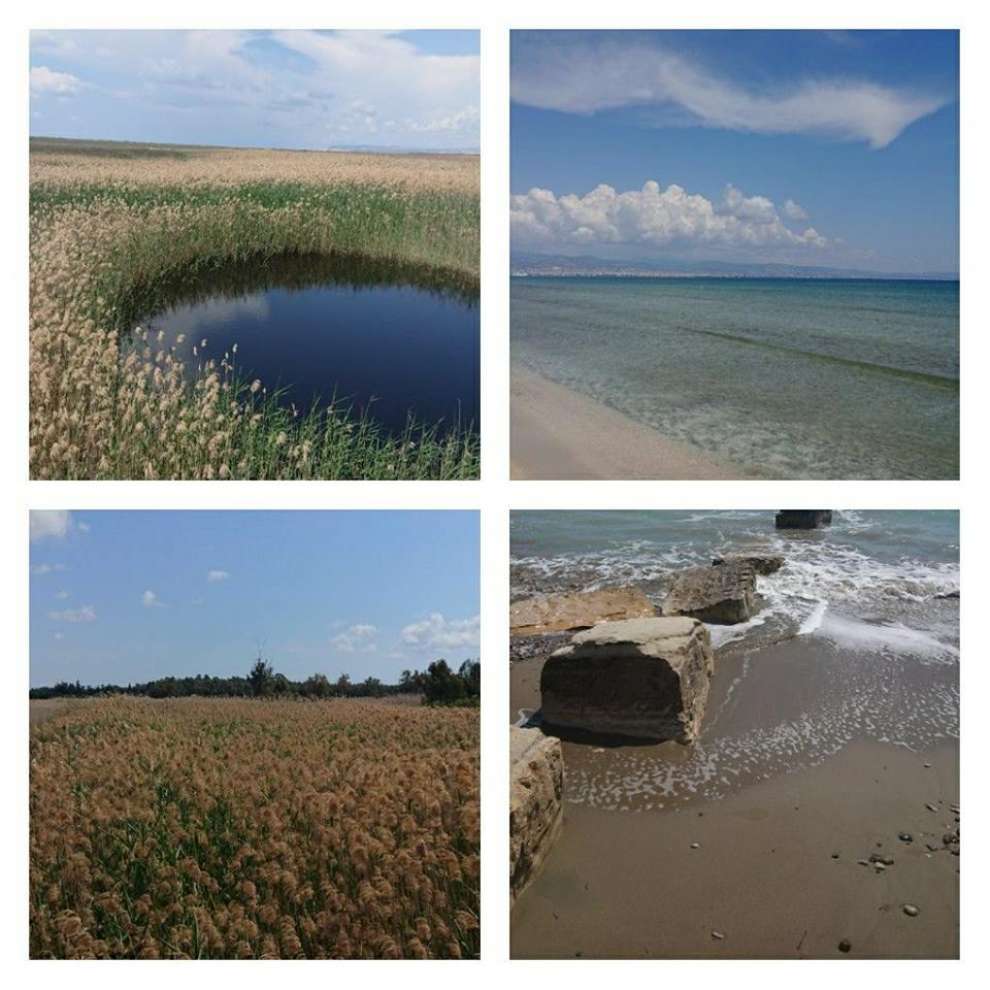
The Akrotiri Peninsula is of high environmental significance not only for Cyprus but also for the wider area of the Eastern Mediterranean, as more than 300 bird species have been recorded within Akrotiri Peninsula, more than 800 plant species occur within the different habitats of the area, including many orchids. Sea turtles also lay eggs at the Akrotiri coast and a local endemic snail species is found at Akrotiri, which cannot be seen anywhere else in Cyprus as well as the rest of the world.
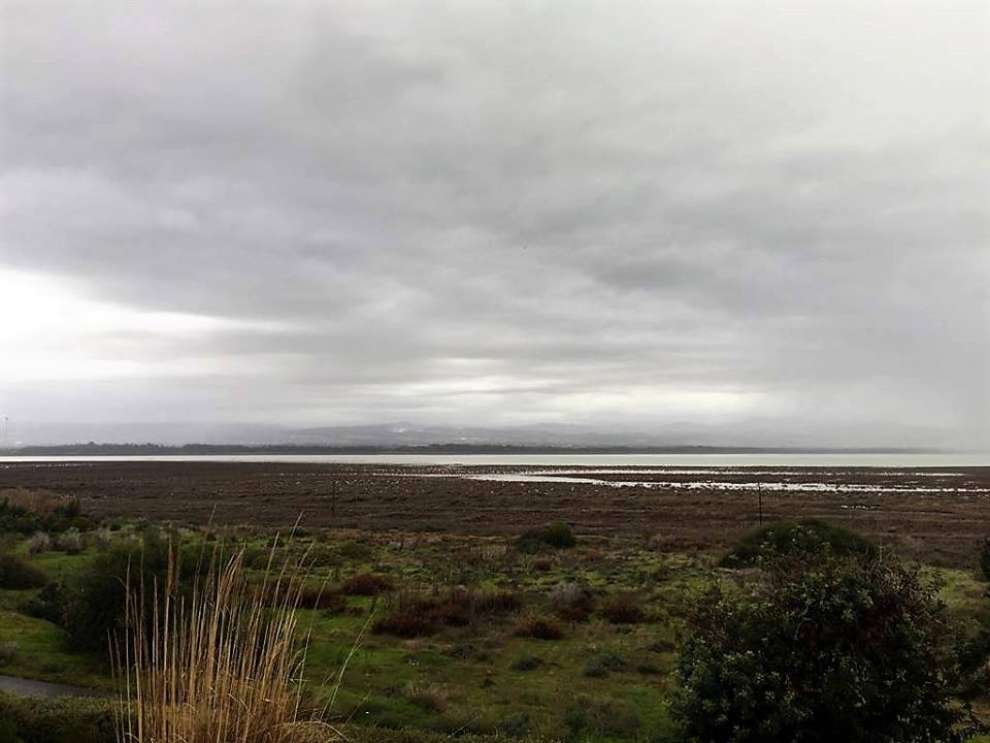
The wetland complex which comprises the salt lake and Akrotiri marsh was declared as a Wetland of International Importance on 20 March 2003 under the Ramsar Convention. Moreover, the Peninsula was declared an Important Bird Area by Birdlife International and it is protected under other international Conventions such as the Bern Convention for the Conservation of European Wildlife and Natural Habitats, the Bonn Convention of Migratory Species of Wild Animals and the Barcelona Convention for the Protection of the Marine Environment and the Coastal Region of the Mediterranean. It has recently been designated a Special Protection Area (SPA) and a Special Area of Conservation (SAC), mirroring the Natura 2000 network in the Sovereign Base Areas.
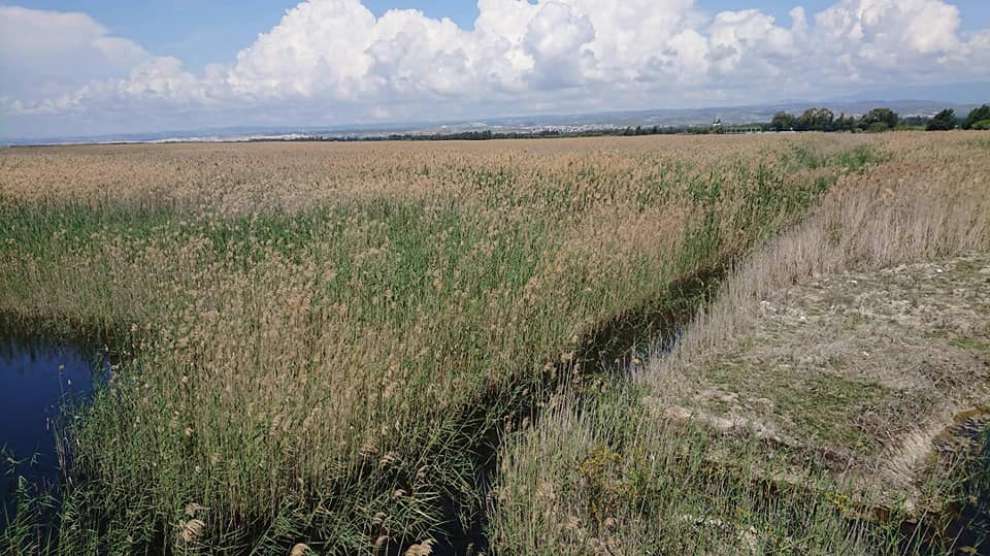
Fauna:
The region around Akrotiri marsh and until Episkopi Cliffs is among the most outstanding important bird areas of Cyprus, as three hundred different bird species have been observed in the area. Most of them are migratory, moving from north Europe and Russia, to the south (mainly Africa) in the autumn and returning in the spring. Many of these birds winter in Cyprus, mainly in the wetlands of the area, whilst some species stay in Cyprus to breed. The coastline of the peninsula hosts some of the few breeding beaches of the island for Green and Loggerhead turtles, both endangered species in the Mediterranean. Important mammal species have also been recorded in the area, such as monk seals, dolphins and bats. Hundreds of invertebrate species, many of which are endemic, can also be found in the area. Important breeding birds at Akrotiri marsh are Ferruginous Duck, Spur-Winged Lapwing, Black-Winged Stilt, Black Francolin and probable Little Bittern. Also of note are the Reed Warbler and Black-headed Yellow Wagtail which breed only at a few sites in Cyprus. The site is amongst the best breeding sites in Cyprus for the Ferruginous Duck.
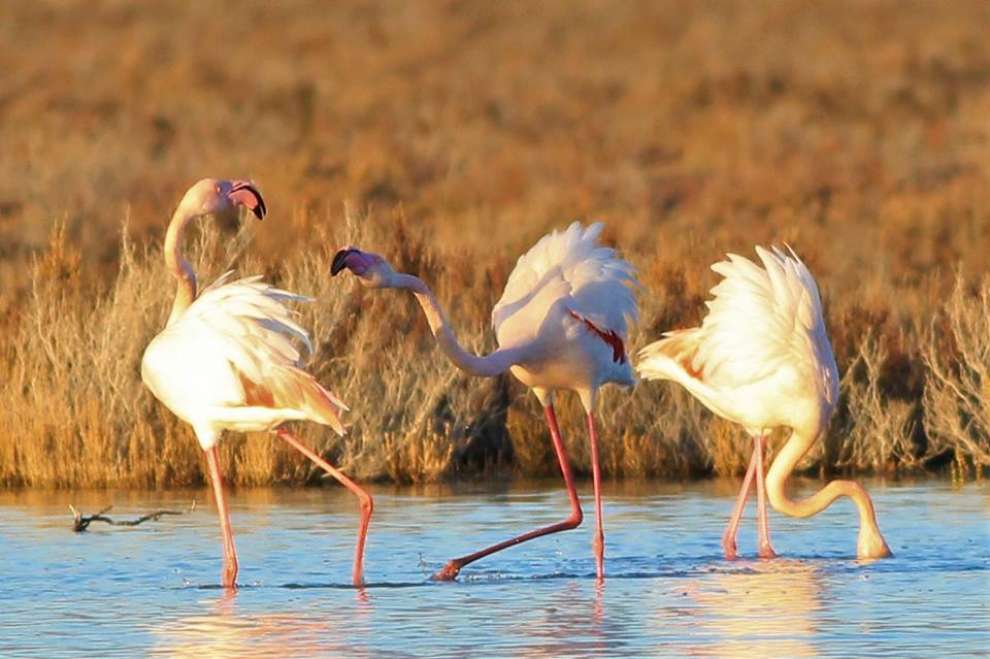
Flora:
Besides its importance for birds, Akrotiri marsh is also important for its flora as the site hosts some rare and threatened species that are included in the Red Data Book of the Flora of Cyprus. For some plants such as Ipomoeasagittata, Menthaquatica, Euphorbia pubescens, Orchis palustrisand Baldelia ranunculoides, the Akrotiri marsh is the only known site in Cyprus where these plants exist.
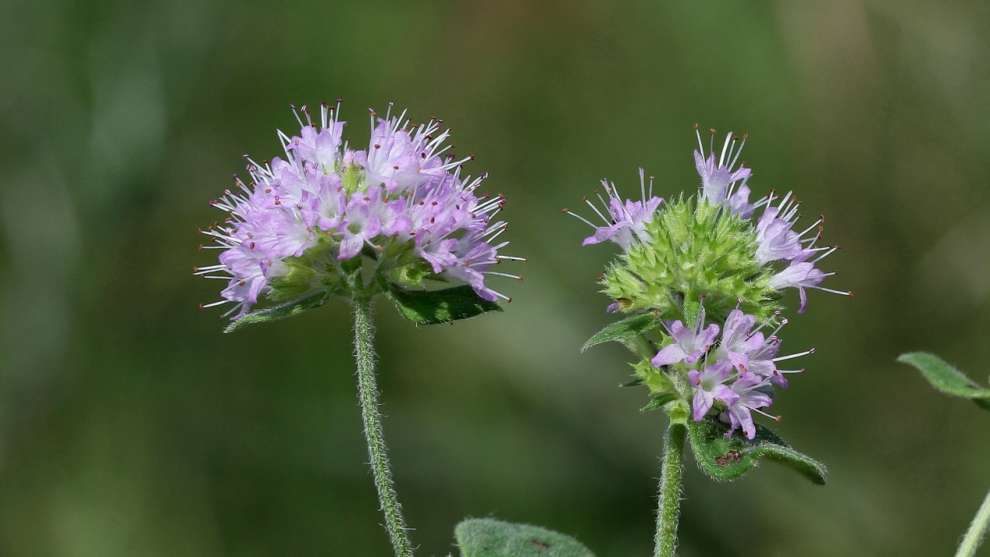
The impressive habitat mosaic of the Akrotiri Peninsula, includes 27 different habitat types, some of which are very rare for Cyprus and Europe in general, such as the salt lake. The flora of the area includes hundreds of plant species, many of which are Cyprus endemics. Thirty plant species found in the peninsula, are endangered and have been recorded in the Red Book of the Flora of Cyprus. The Akrotiri peninsula is also one of the botanical hotspots in Cyprus as it has been estimated that more than 800 indigenous plant taxa occur there.
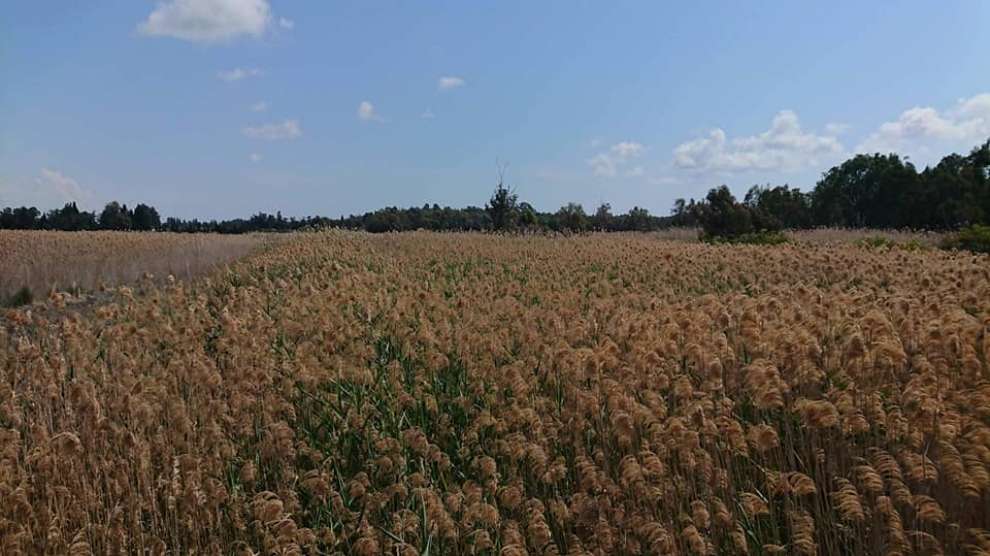
Very close to the marsh, in the beautiful green fields the visitor can see cows in semi captivity, horses and donkeys.
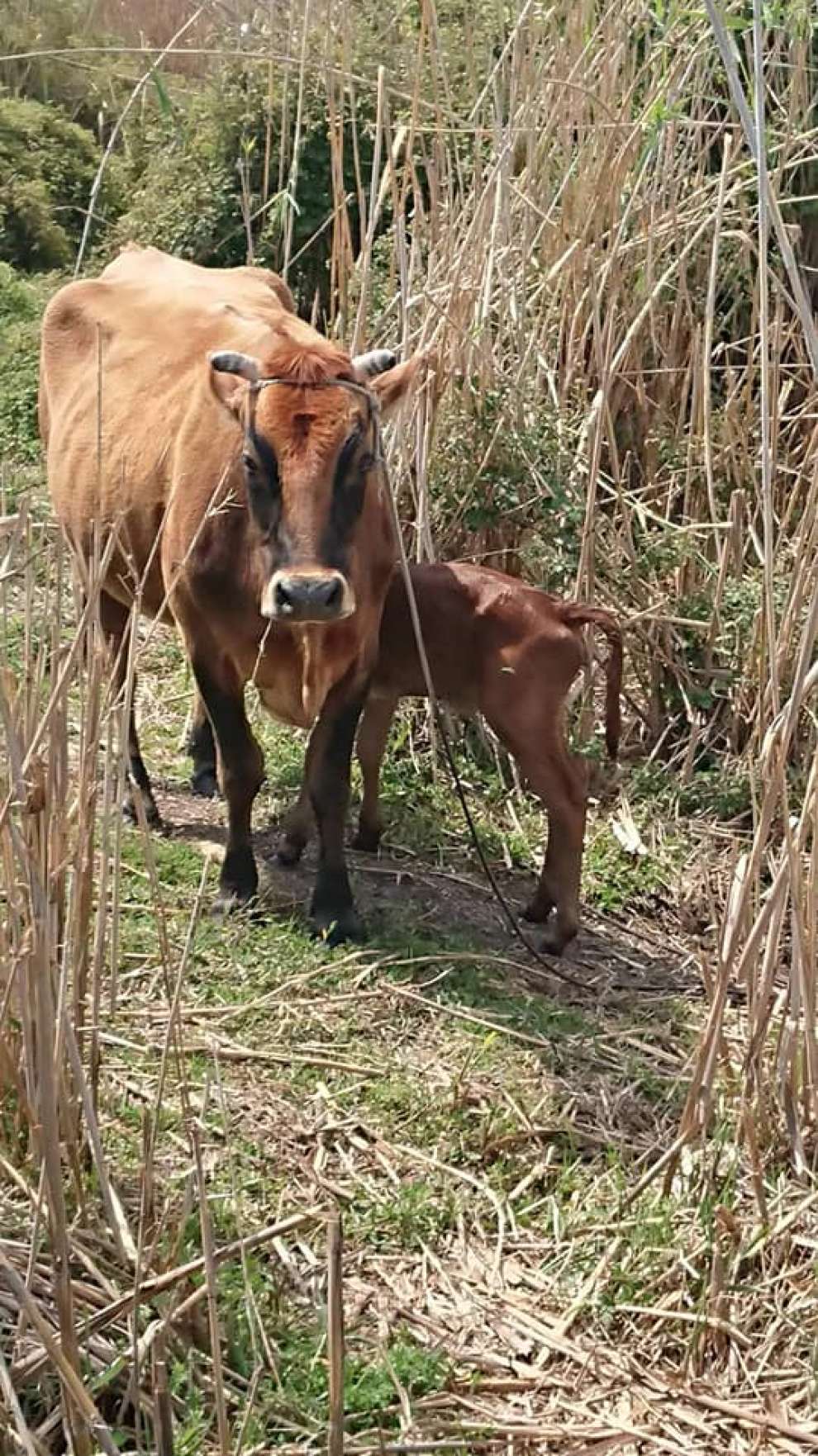
The marsh can be reached very easily in two hikes: A short walk along an excellent make up path and a short walk from an off road parking.
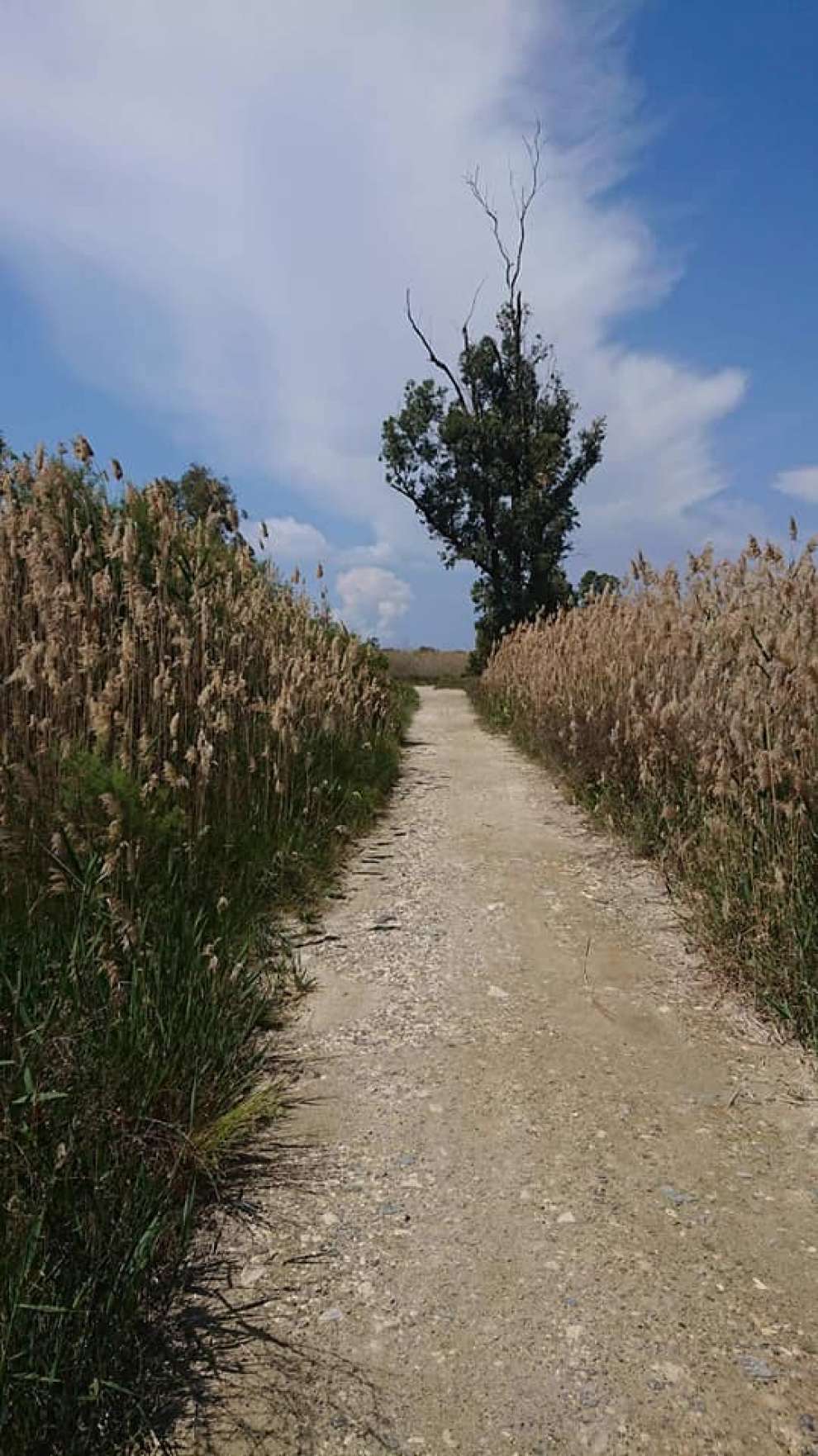
We would like to thank the Akrotiri Environmental Education Centre, for all the information.
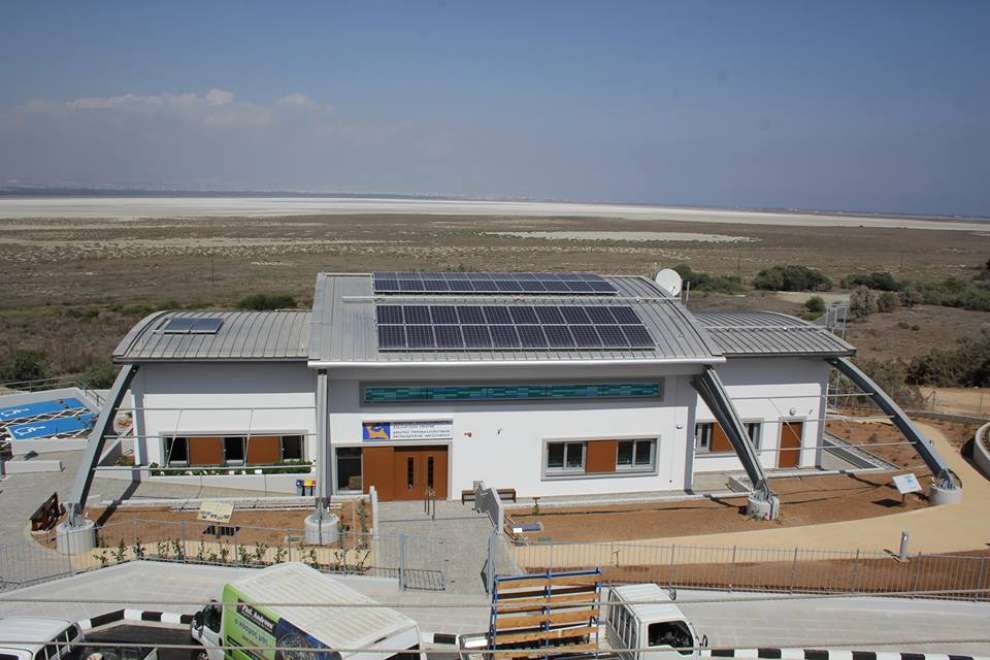

 English
English
 Ελληνικά
Ελληνικά Русский
Русский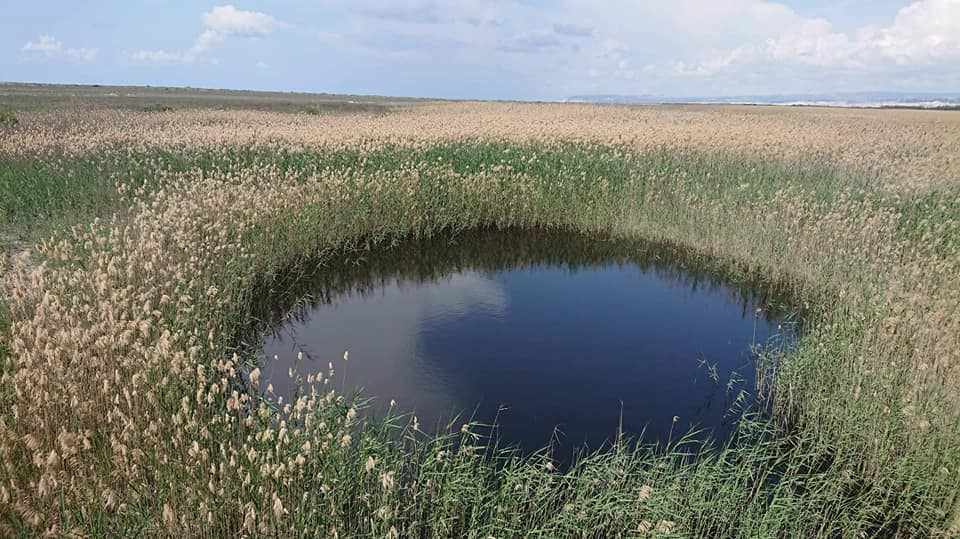
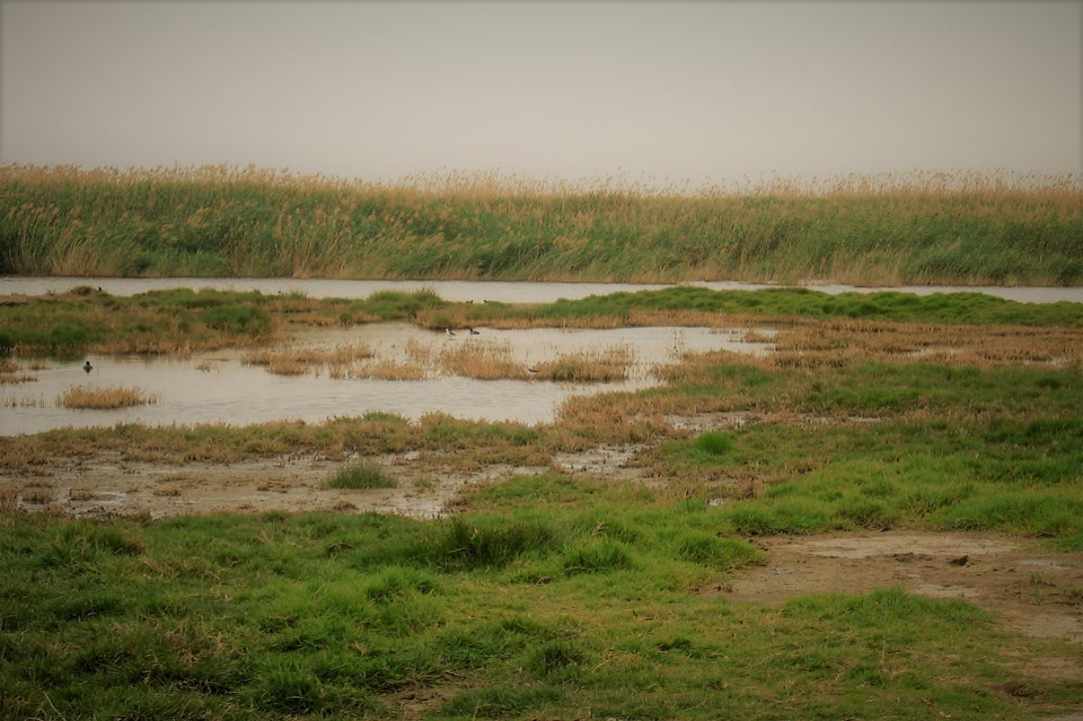
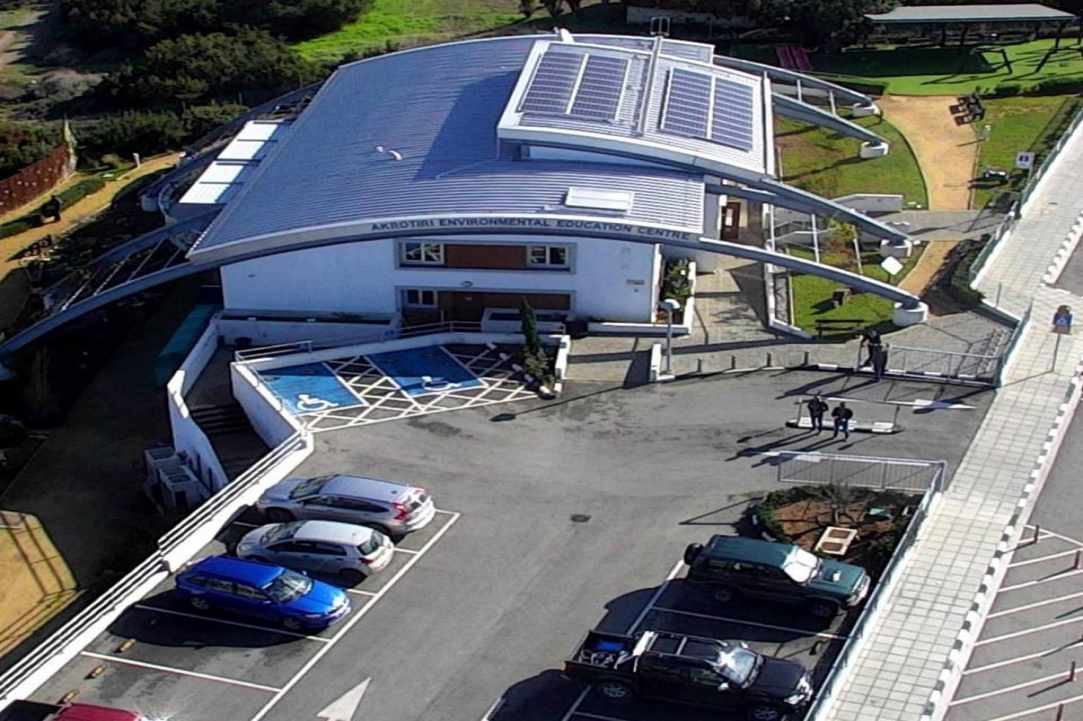
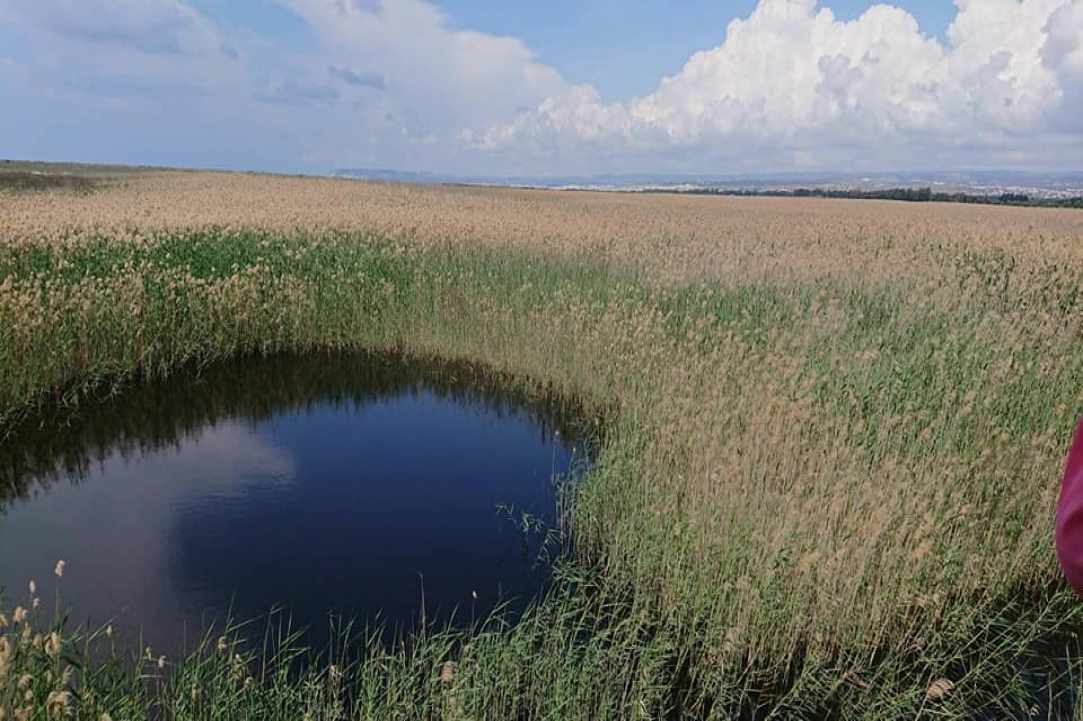
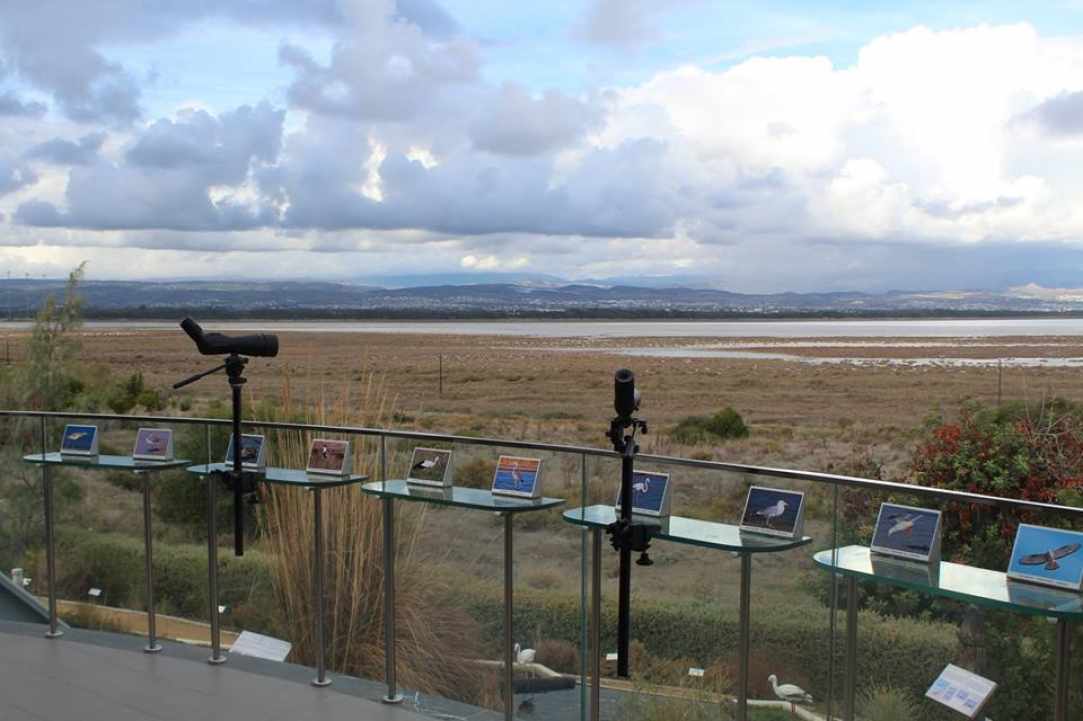
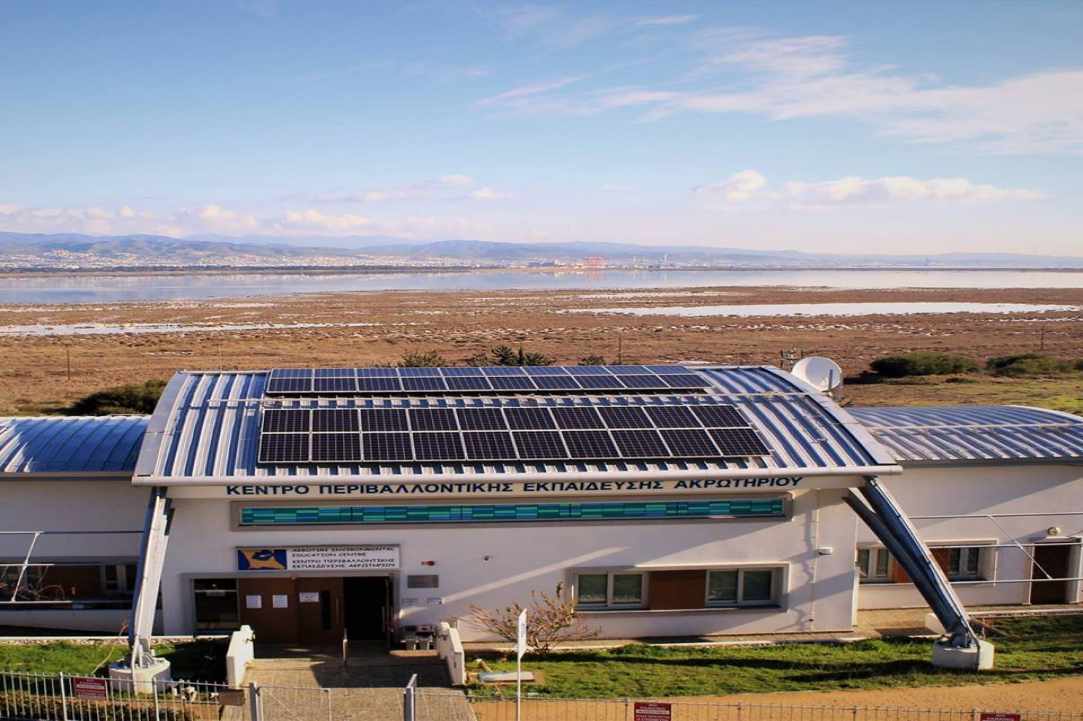
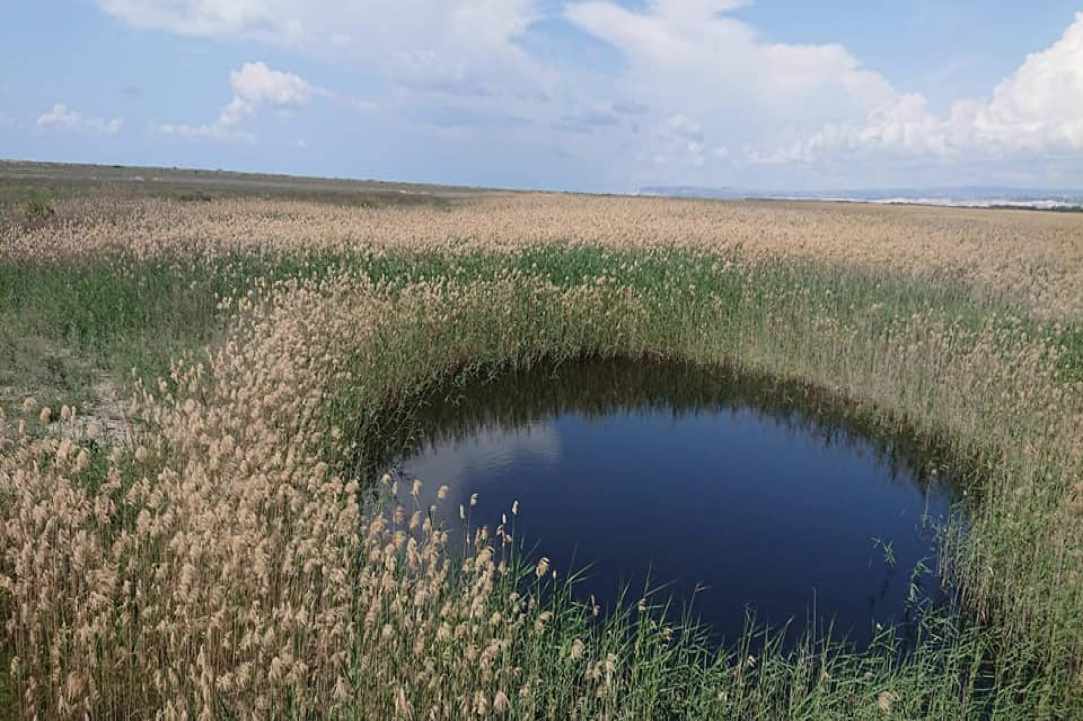
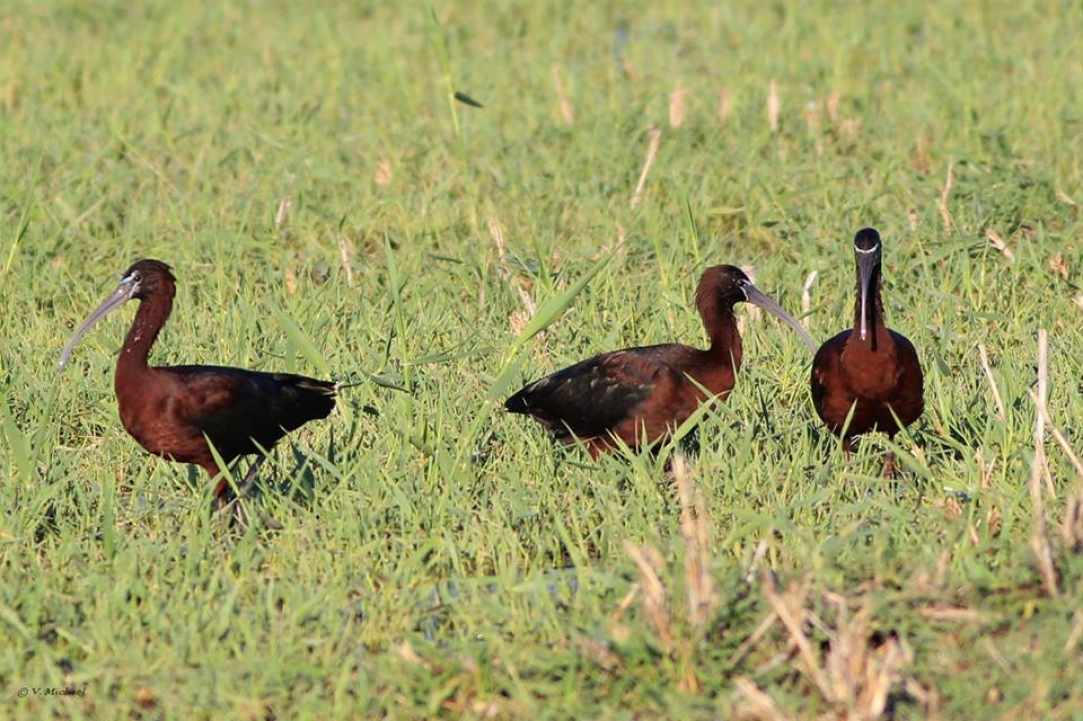
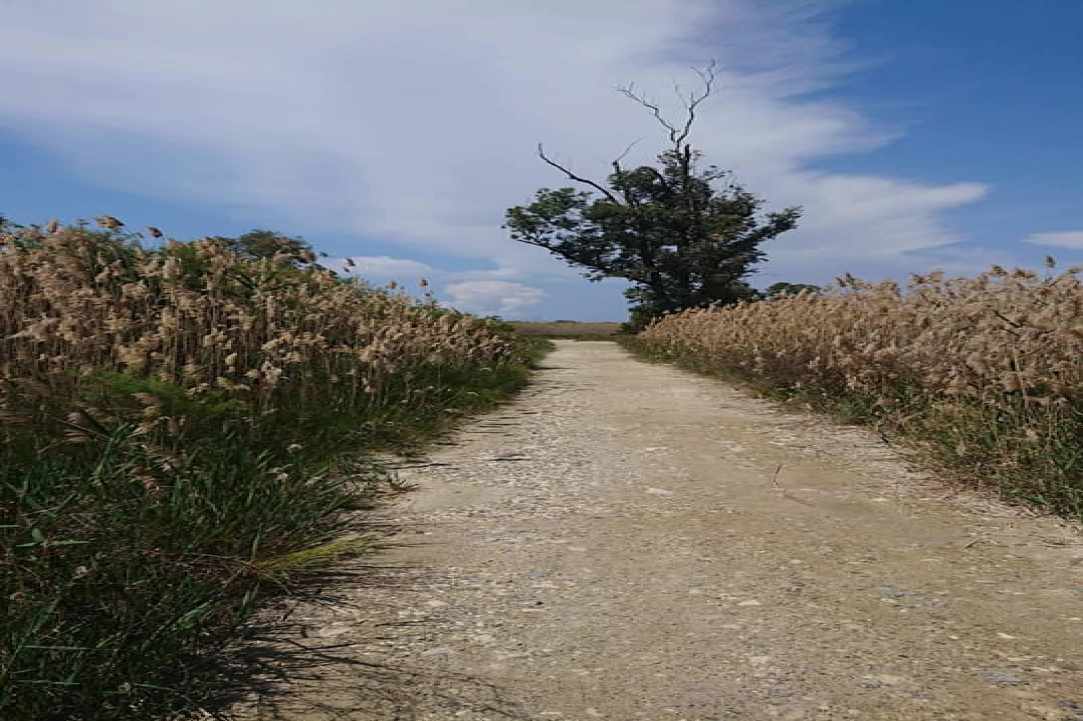
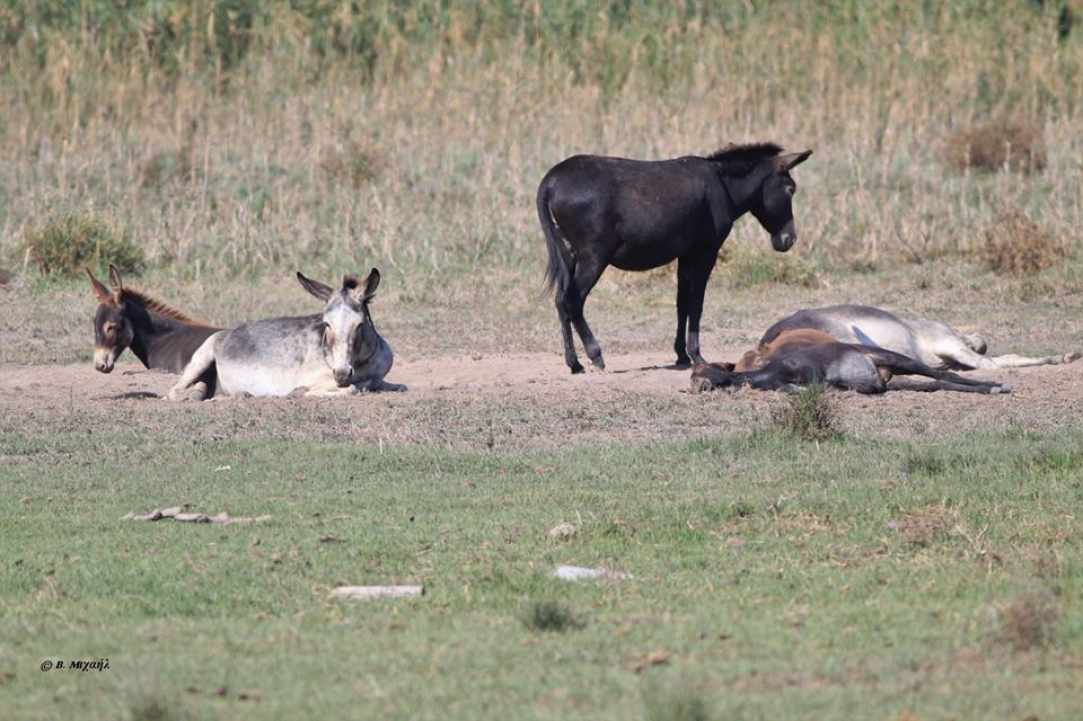
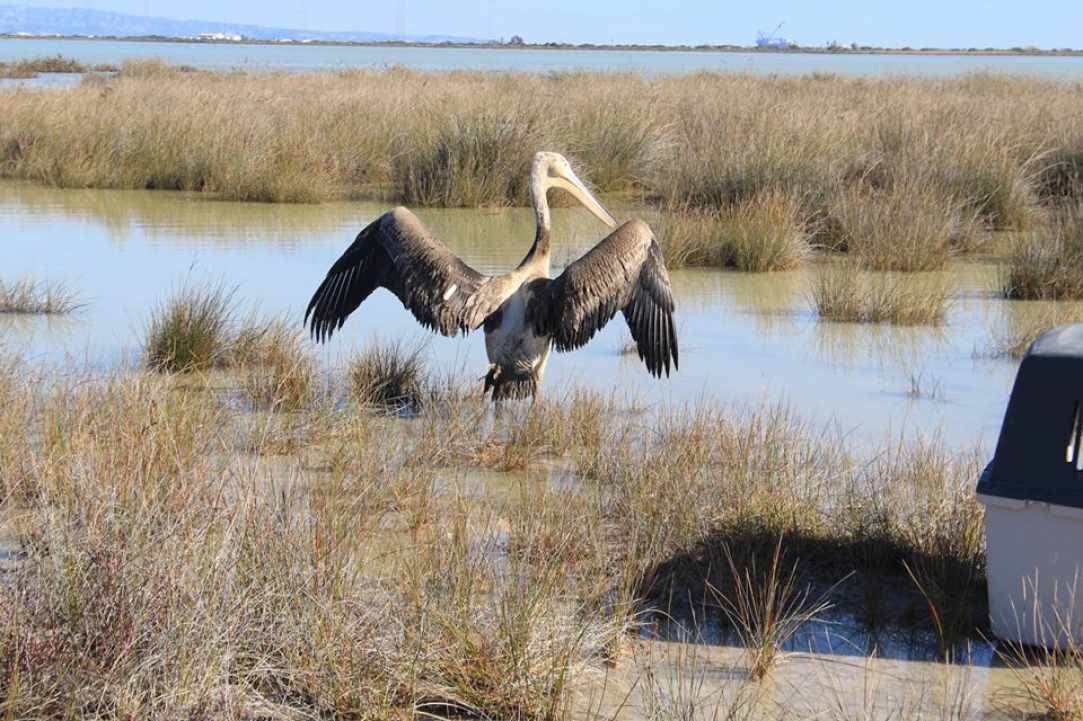
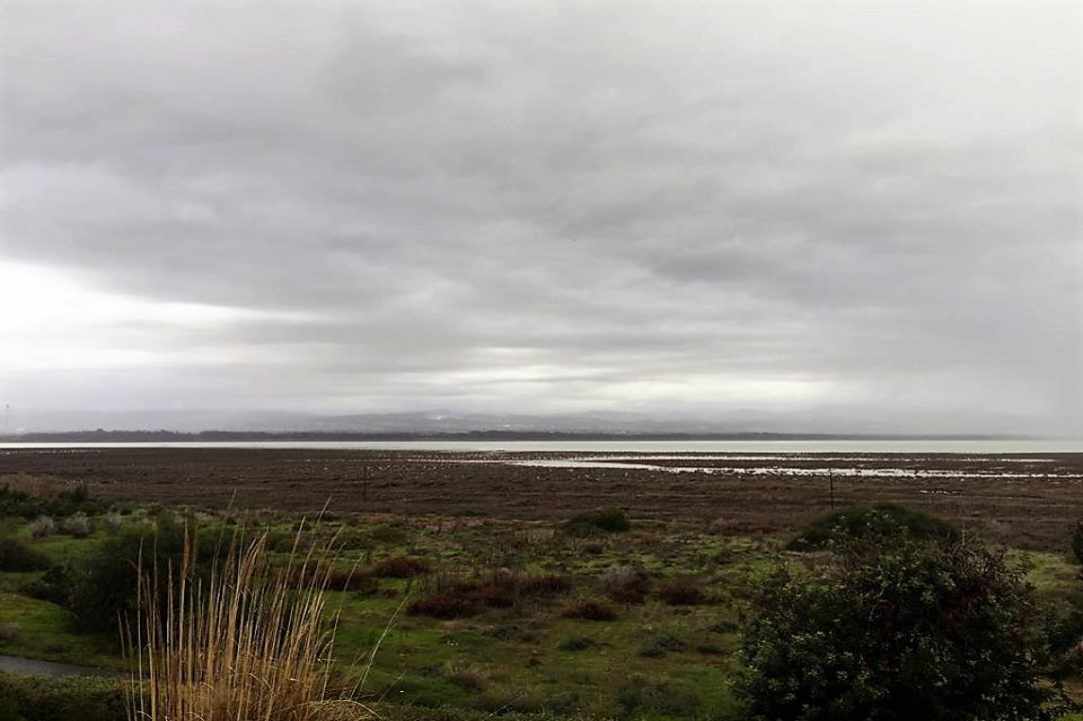
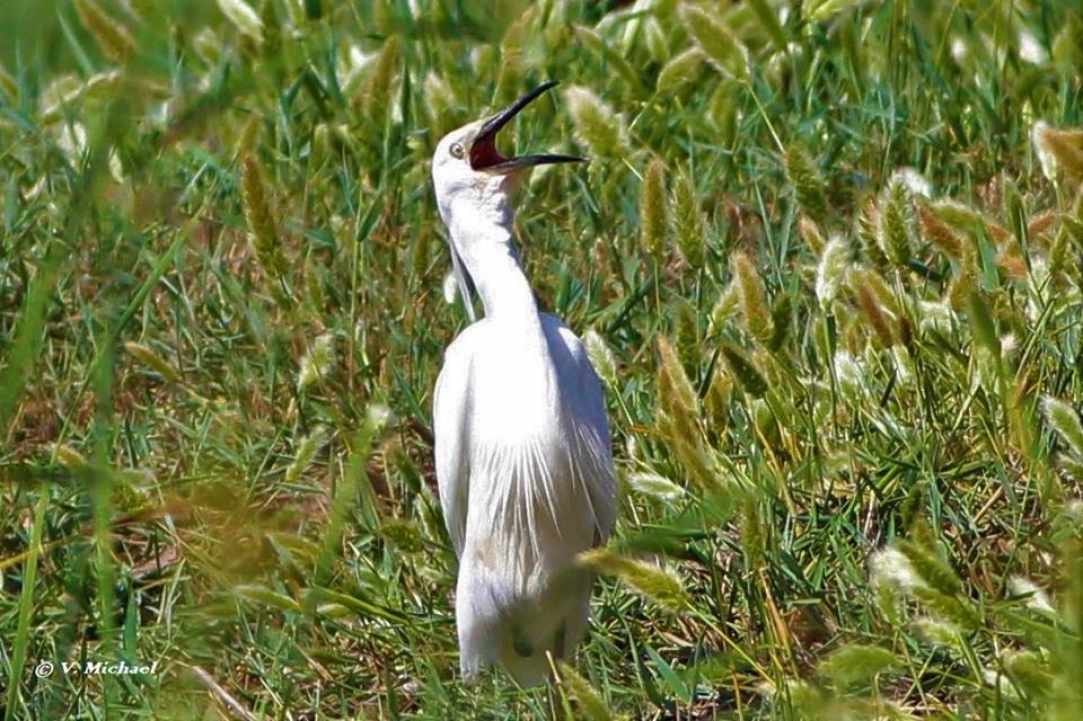
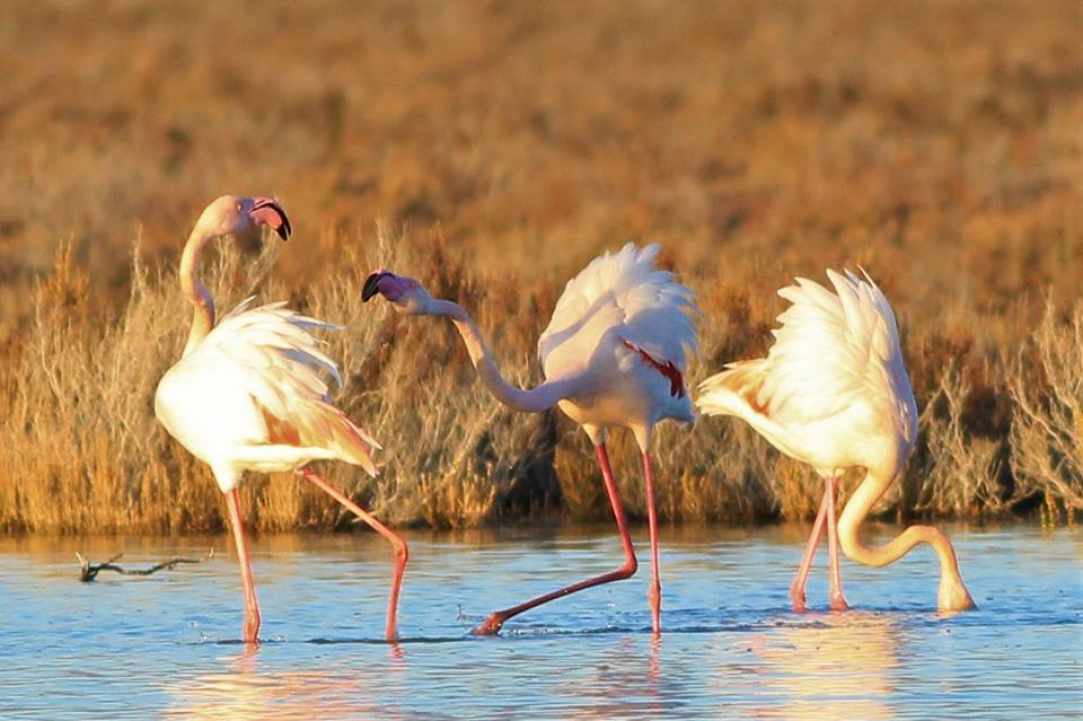
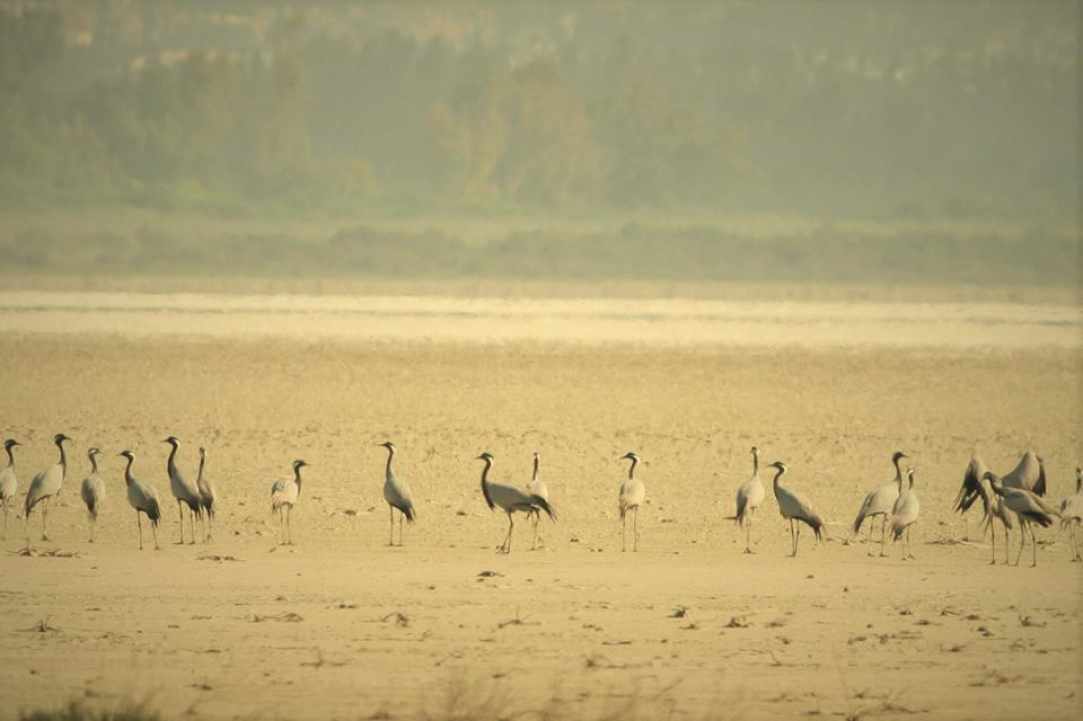
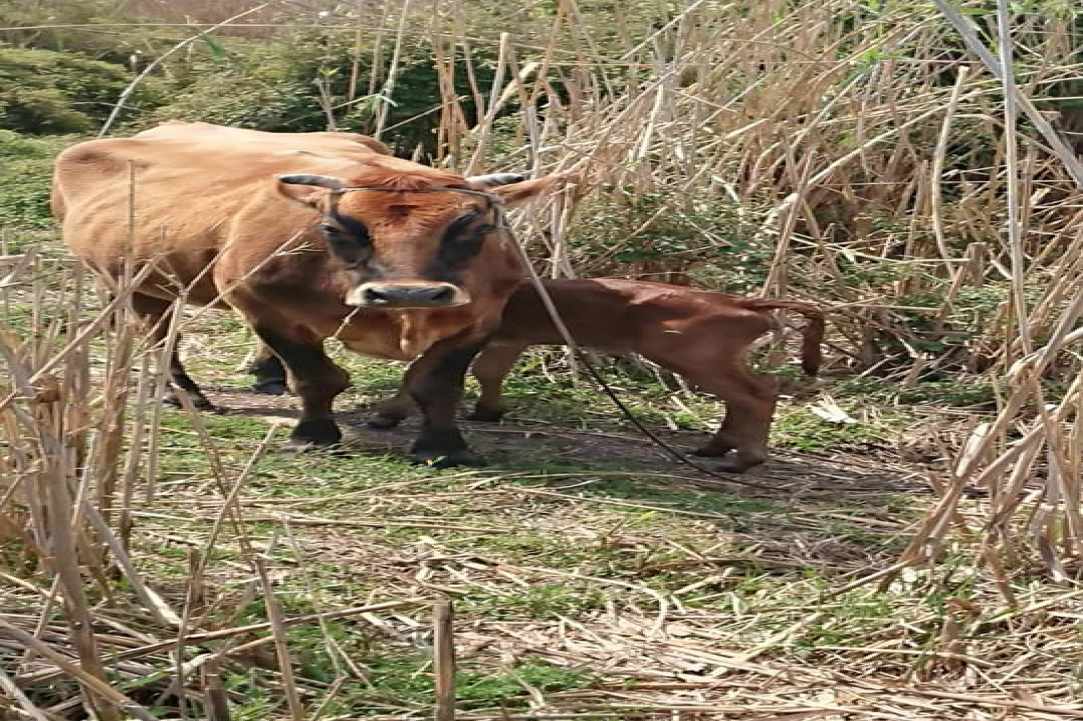
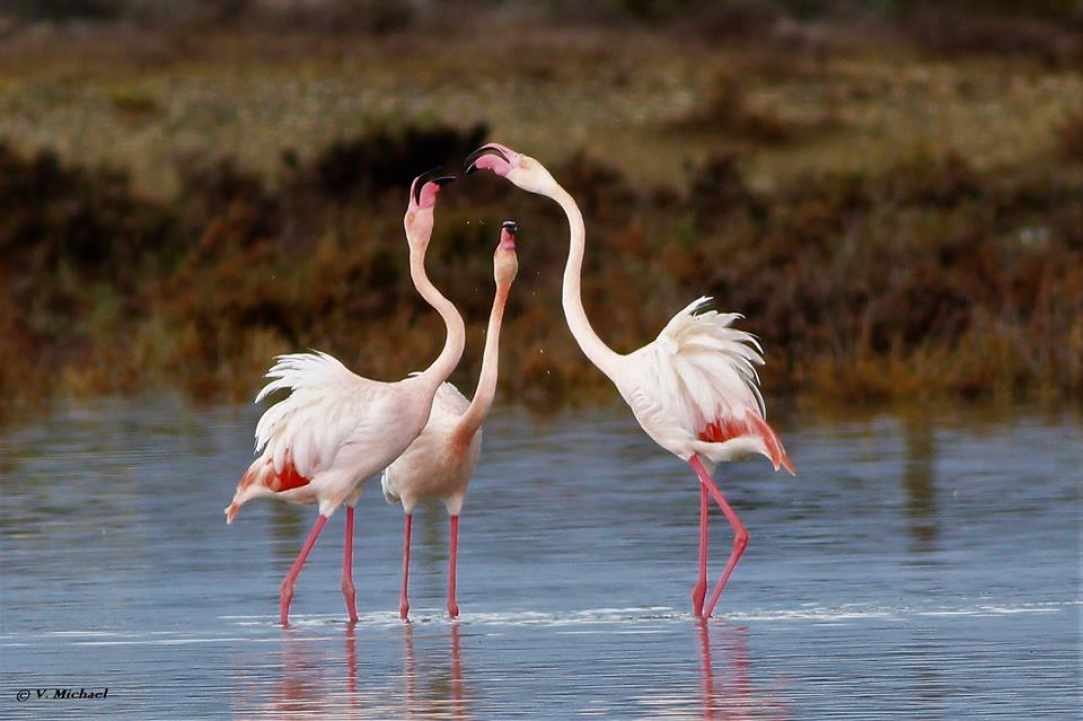
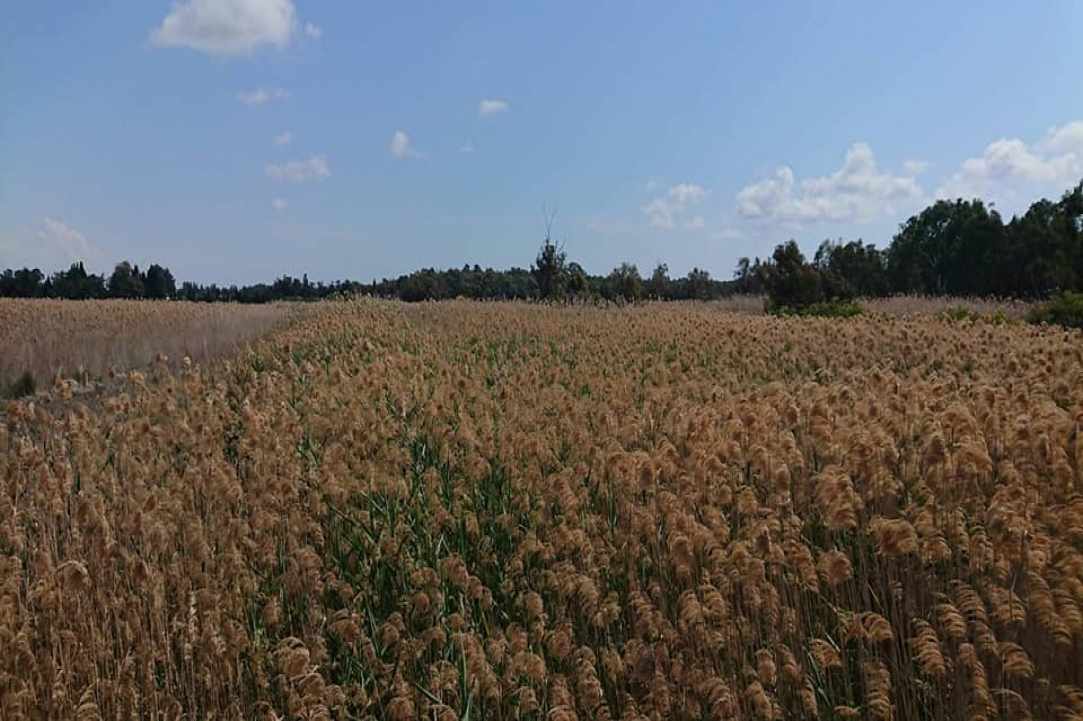
 Posted by
Xenia Economidou
Posted by
Xenia Economidou

